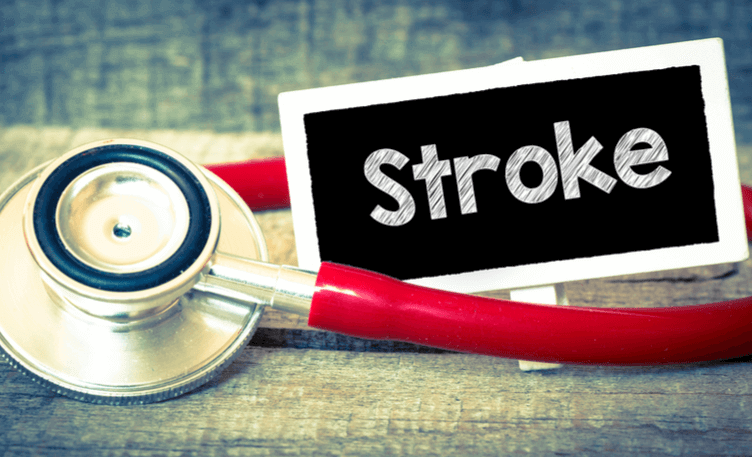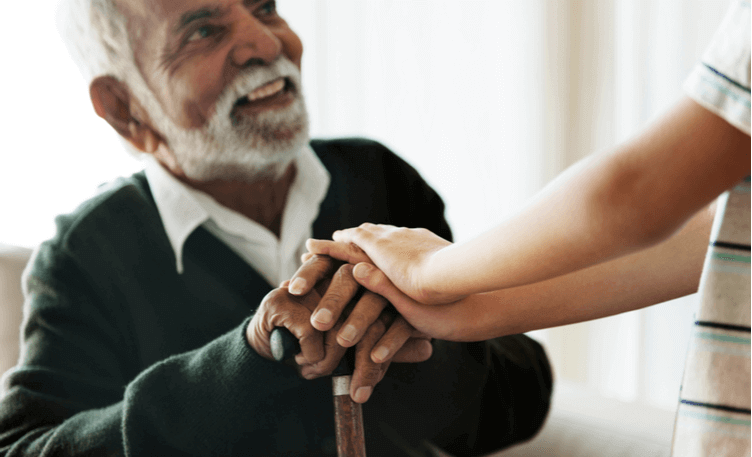
Life And Recovery After A Stroke
If you have had a stroke or know a loved one who has, then you know how challenging life can get post a stroke. Managing even the simplest of tasks, like walking from one room to the next, can be daunting. However, managing life post a stroke does not always have to be difficult.
During a stroke, oxygen-rich blood that is flowing to the brain is stopped abruptly. This causes brain cells to die. At this moment, the brain may lose its ability to control memory or even muscle movement.
Individuals over 65 years are generally more susceptible to stroke. A small percentage of 45-year-olds could also be affected.
How Can You Recover from a Stroke?
Recovery is the next step after treatment. Stroke victims are commonly known to have serious falls within a year after experiencing a stroke. Therefore, upon returning to normal life, you will be educated and shown how to adapt to your surroundings, including your home.
All stroke victims do not encounter the same problems of daily living. Some may find it difficult to balance themselves, while others may experience weakness. This is because of the type of stroke and the extent of the harm done to the brain. Other challenges faced could be feeling pain or numbness, loss of memory, paralysis, loss of bladder control and tiredness.
An occupational therapist would be assigned to teach you to manage daily activities until you get the hang of doing tasks by yourself. You will be asked to follow and practice simple lifestyle measures such as mild muscle-strengthening exercises, wearing flat and wide-toed shoes, incorporating calcium-rich foods into your diet to gain bone strength, and using devices like a cane for standing up or walking instead of using furniture for support. You will also be advised about precautionary measures needed due to the side-effects of prescribed medications.
Safety Measures at Home for Stroke Victims

Your home may not be as safe as it was before. You may thus have to implement certain changes. Firstly, make sure that your shoes are skid-free. Avoid smooth floor surfaces or walking cautiously.
Secondly, you will have to put away certain items that will possibly cause you to trip and fall as you make your way around the house. This includes removing carpets in the hallways or the living room. Make sure your path towards the bathroom or kitchen is clear. If you have stairs in the house, install a hand support rail along the stairway.
Carefully adhering to your doctor’s and therapist’s instructions will only increase your chances of safety.
Prepare for a Change in Lifestyle Habits
Changing your lifestyle will not only help with your recovery but will also prevent the likelihood of a future stroke. A healthy diet along with the requisite exercise are essential to your good health. Quitting vices like smoking can help a great deal. Implementing the right safety measures on your journey to recovery can make all the difference in your life after a stroke.

